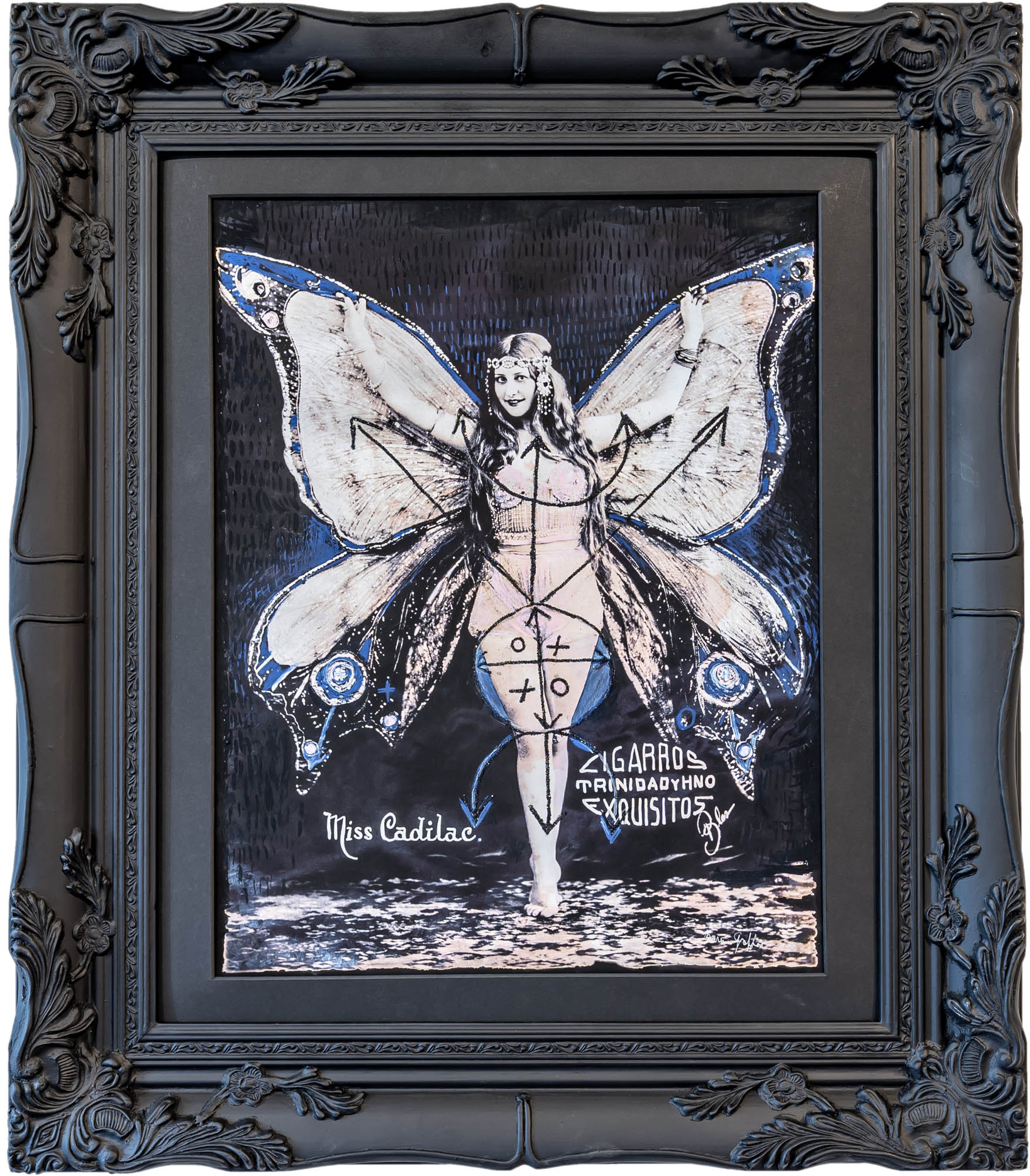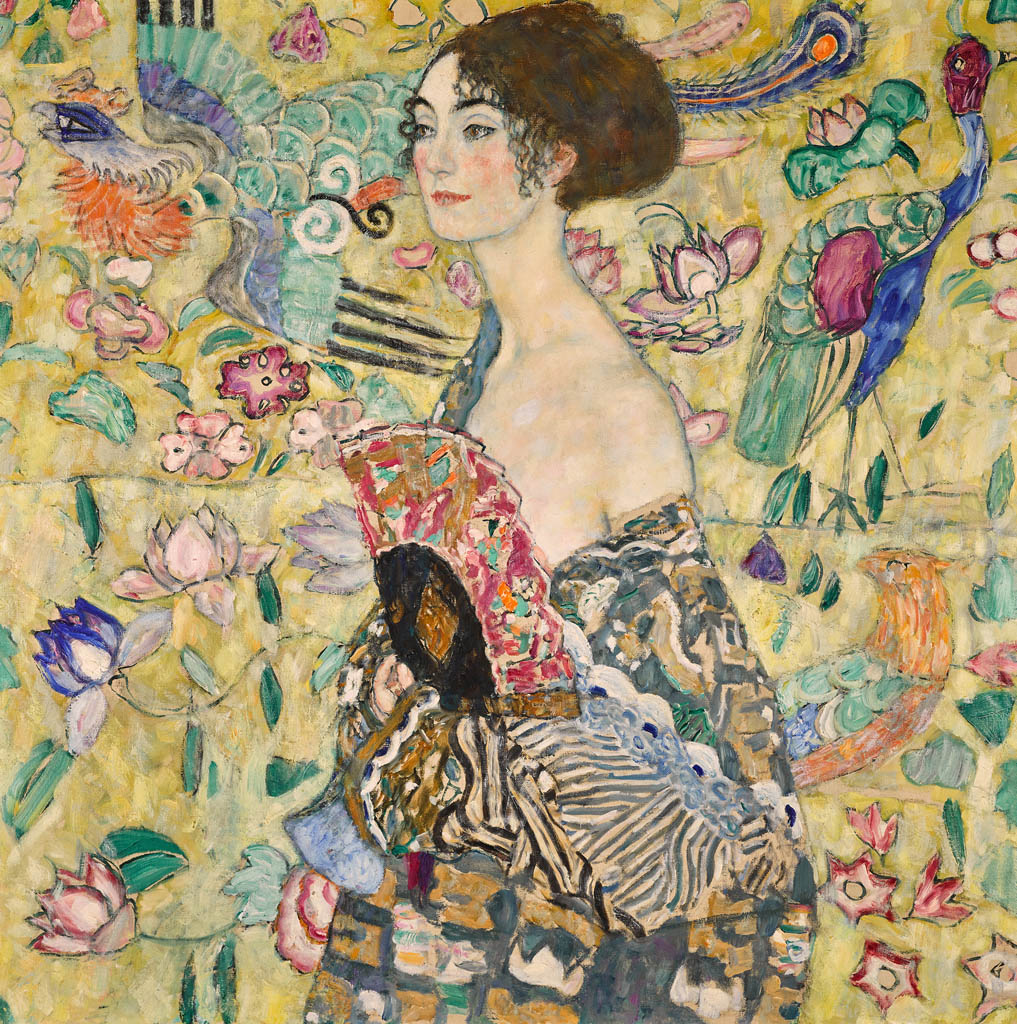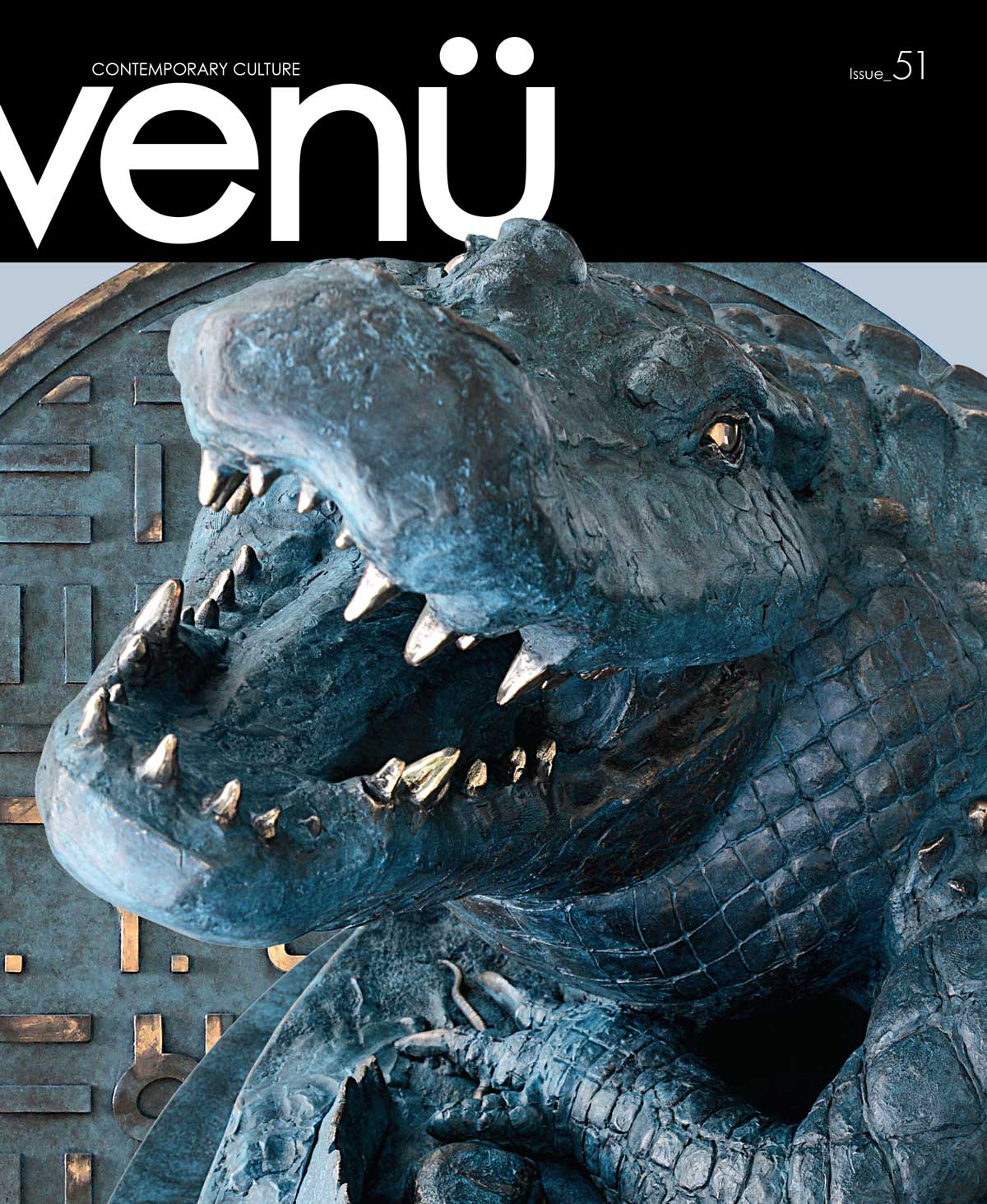
Narrative edited by Kami Sloan; Photography by Ben Ezra
A show of works by Karen Graffeo with Esteban Jimenez Guerra “Tatico Cuban.”
“The alchemy of art functions to transform pain into beauty. What stirs my thoughts about these images are the socio-cultural stigmas placed upon the feminine standards of beauty. The exhibition is meant to challenge pervasive misconceptions and to see their contexts in a new light.” —Karen Graffeo
In the early 1900s, erotic cards came to Havana from France, which were very popular in the Old Continent. Factories like Gener, El Cuño, Aguilitas, Nacionales, Eva, and Trinidad y Hno introduced these images on cigarette packs with later French reproductions in European style by Cuban photographers.
In the mid-1920s, there was a collector’s boom of cards showing half-naked women in provocative poses. Men carried cigarette packs in their pockets, and in them, a small hidden treasure could be enjoyed and shared with friends at any time. We can only begin to wonder if a jealous wife who found these images entertained a boudoir photography session to obtain a picture of her delights to tantalize her husband and detract him from looking at other women.
Renowned high society Cuban photographers such as Joaquin Blez and Segovia contributed to these artistic creations. Their involvement notably raised the quality of the images, which were even printed in larger formats for albums of special collections. Although the country was heavily populated with people of color during this period of prejudice, there are no Afro-descendant models in the images.
The truth is that Blez, who took photos of nude French prostitutes and later of Cuban women, began to photograph bourgeois ladies who posed in private sessions at the “Estudio Blez,” dubbed the “High Society Photographer.” The photographs changed from taboo to a social status symbol.
Given the naivety of the subjects with their somewhat forced poses in decorated studios by the artists who sought out to garner the attention of the avid art collector and smoker, the pictures today induce a smile.
Graffeo goes on to say, “Each society has their own cultural projections of femininity referred to as Anima and Animus in Jungian’s theory of the collective unconscious. It intrigues me that Jung referenced Anima as an effeminate archetype of masculinity. In Latin-American and Cuban cultures, there is a predominant “machismo” that alludes to the reverence of romanticized gender roles that have been glorified throughout history.”
In Afro-Cuban traditions, deities are petitioned with hieroglyphic prayer markings called ajitenas. Graffeo’s tribute to the divine feminine is Yemaya, Santeria’s Goddess of the Ocean, petitions to allow love, sensuality, and safe passage across dangerous waters.
The approach of the installation is to activate the undertones of the narrative through the lens of deep-set eyes in an immersive environment where the viewer becomes a co-participant of the contemplative and spiritual rather than an investigative spectator.
The 104” voile printed screens atelier as layered 3-D projections that activate when the partaker passes behind them. The large windows of the gallery act as a billboard to the street, and the expressionistic view through them mirrors the pedestrian traffic.
“We set the stage for new forms to find ambiguity through subtle views of dimensional observation. I knew that within the FATVillage community that the symbolism would be understood, perhaps a comfort, and reminder that its contemporary climate is a form of relevance to current times.
“Drawing for me is a form of prayer that creates a vernacular to the soul and fits within my practice both as a seeker of art and life.” The markings and framing also serve to reference the past and celebrate the beauty of blackness and brownness in present day. As a plea for humanity, I have drawn ajitenas on the pieces to release them from the battles of mankind in order to cross the shores of turbulent waters to safely lead to a sea of reconciliation”, mentions Karen.
“At FATVillage, we strive to exhibit challenging work that’s outside of the realm of commercial galleries to allow for a critical dialogue between the arts and the public that structures accessibility to the community at large. This is the first time that a showing of these historic cigarette ladies has ever been exhibited”, reveals Doug McCraw, Founder at FATVillage Arts District.
The multicultural diversity of Fort Lauderdale and Miami brings these varied gestalts to the viewing of this project, readdressing Anima to speak via art.
With appreciation for the research and archives provided by Cuban journalist Julio Larramendi.
For direct inquiries to Far Gallery, Tayina Deravile [email protected]





Leave a Reply